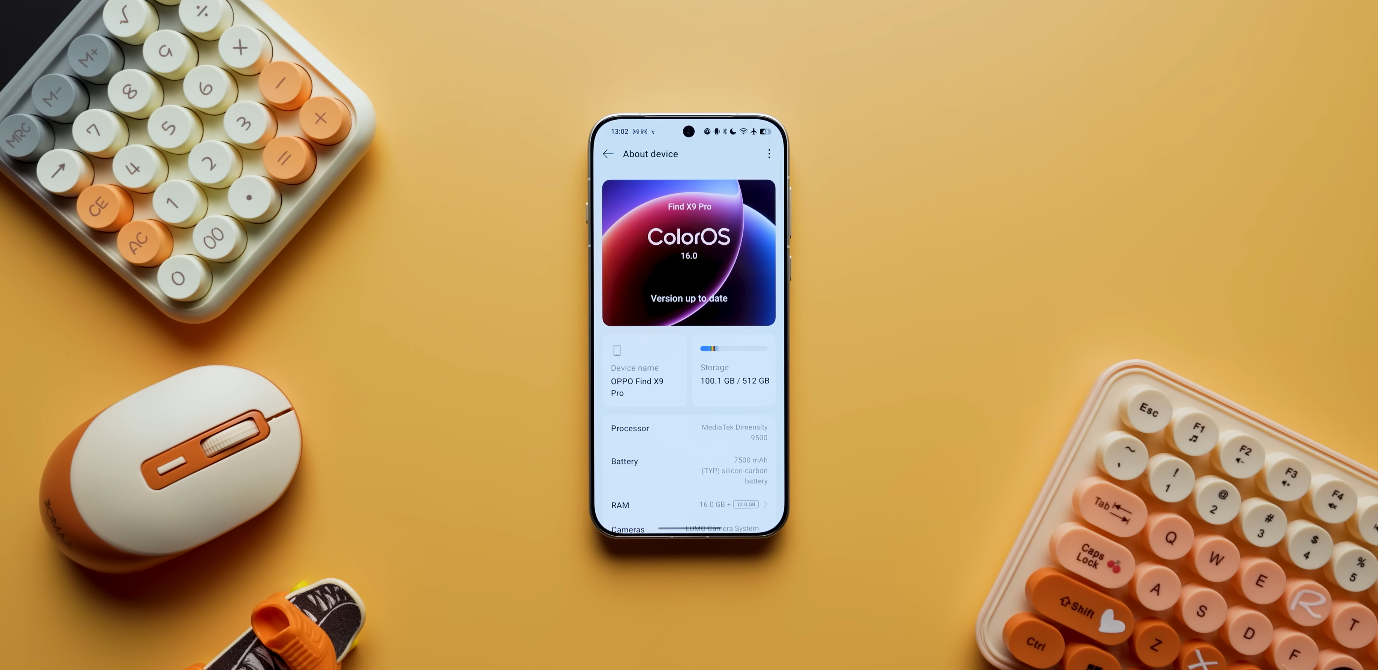American users look forward to next-level software on Oppo’s flagship
U.S. Android enthusiasts are increasingly excited about the upcoming Oppo Find X9 Pro—not just for its hardware, but for its refreshed operating system. The phone will debut with ColorOS 16, and many in the U.S. market are expecting this latest software version to raise the bar in everyday usability, customization, and productivity. This anticipation reflects the growing importance of the software experience in the premium smartphone segment in America.
ColorOS 16 promises smoother animations, smarter features, and deeper cross-device integration. Among the listed upgrades are the new “Seamless Animation” framework and the “Luminous Rendering Engine,” which together aim to produce faster responses and more fluid transitions across the interface. The expectation among fans is that the Find X9 Pro will leverage these enhancements to feel faster and more polished than many current flagships. These kinds of refinements matter a lot when U.S. buyers compare devices side-by-side.
For those in the U.S. who follow software updates closely, the improvements go beyond aesthetics. Features such as AI tools, smarter widgets, and improved multitasking support are generating strong interest. ColorOS 16 includes a dedicated AI hub, updated home-screen customization, and innovations like AI Recorder and AI Writer. Such changes appeal to U.S. users who value productivity and uniqueness in their devices—especially power users and content creators who want more than just raw specs.

Another area drawing attention is the expanded cross-device ecosystem offered by ColorOS 16. U.S. tech fans often look for seamless integration between phone, tablet, laptop and even PC. Oppo appears to be addressing this with features that support remote control, file transfer, and screen mirroring between devices. If these elements work smoothly in the American context—with U.S. OS versions, carrier-compatible software and updates—it could give Oppo a meaningful advantage in a market where Android software often trails expectations.
U.S. fans are also watching variant-specific details. While many of the software features are documented globally, localization, carrier adaptations and firmware quality can affect how they perform in the U.S. market. Discussions on U.S. forums reflect both optimism and caution: users hope for full feature-parity, minimal bloatware, and timely updates. The healthier the software experience, the stronger the case for the Find X9 Pro in America.
For Oppo, delivering a strong software experience on the U.S. version of the Find X9 Pro would represent an important strategic move. The hardware credentials are already strong, but in the U.S., where buyers increasingly judge phones on user experience rather than just camera specs or chipsets, software quality can define success. If ColorOS 16 lives up to the hype in the U.S. edition, it may help Oppo bridge the gap in a market long dominated by a few major players.
In short, while hardware details such as camera resolution, battery size and display performance remain critical, U.S. fans see the software layer as the element that can turn high-end raw specs into a cohesive, polished user experience. With the Find X9 Pro promising a major jump in software alongside strong hardware, it holds the potential to become a flagship recommendation in the U.S.—provided the execution lives up to the expectations.

